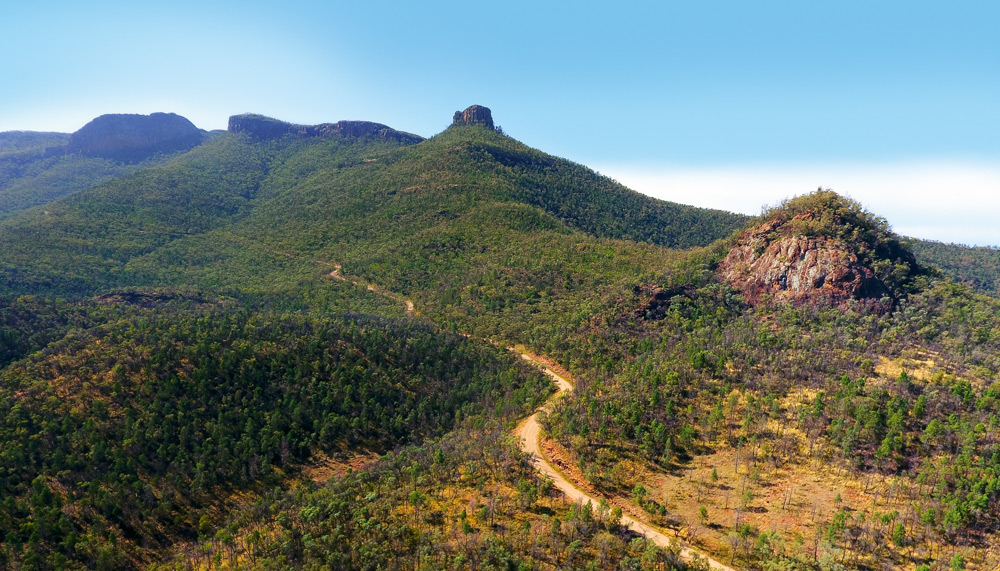Surrounded by vast tracks of productive agricultural land, a series of reserves and national parks provide a glimpse of how central NSW might have looked before the arrival of Europeans.
Story + Photos Don Fuchs
On a rocky hill at the eastern edge of Timmallallie National Park stands a lookout tower. The steel construction offers a 360-degree panorama over what seems to be an endless expanse of trees. This is the Pilliga, the largest remnant native forest on the western slopes of the Great Dividing Range.
Together with the looming peaks and spires of the Warrumbungles to the south-west and the dark silhouettes of Mt Kaputar to the north-east, it creates the illusion that central NSW is more or less still in its natural state.
Central NSW and the fertile Western Plains are part of the state’s agricultural heartland. Wheat, cotton, hay, beef, sheep and wool are the main commodities, occupying most of the land. Nature lovers, however, shouldn’t bypass the region because a series of nature reserves and national parks stretch like stepping stones through this cultivated region between Parkes and Narrabri. Some are iconic natural treasures and some hardly visited, such as Goobang National Park, near Parkes.
This story excerpt is from Issue #136
Outback Magazine: Apr/May 2021










